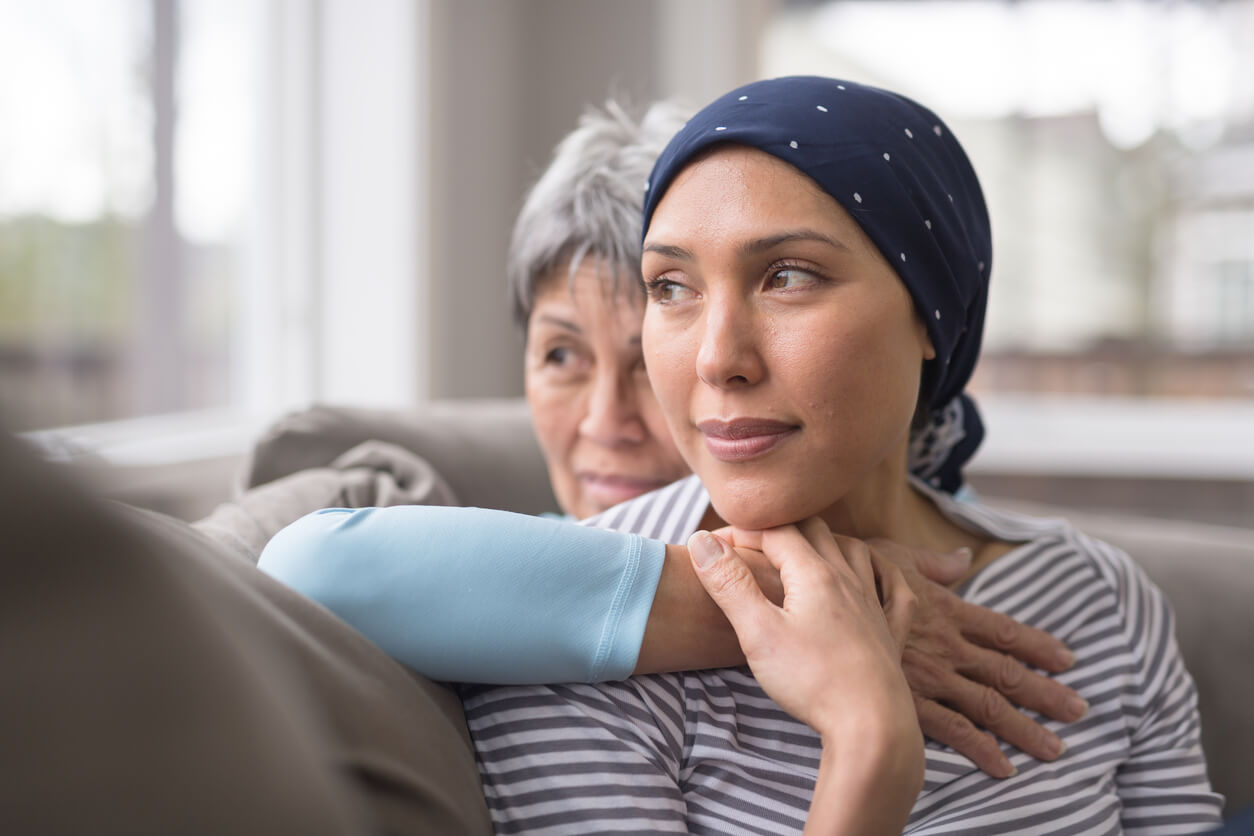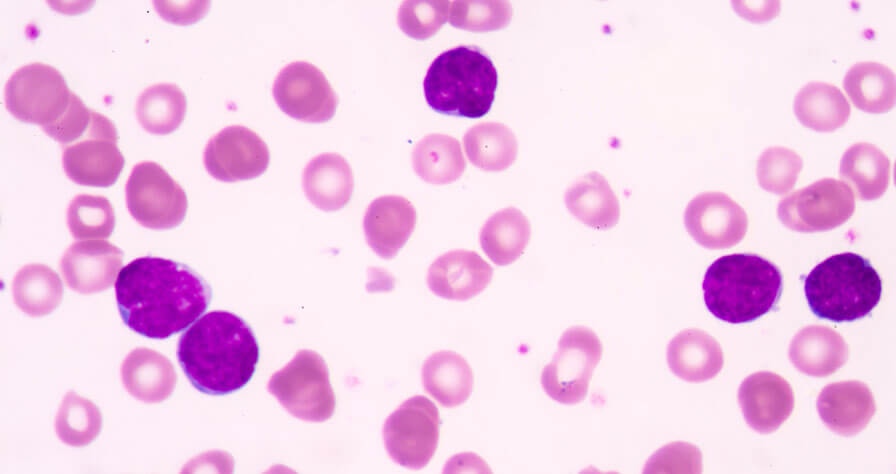Hodgkin’s Lymphoma Vs. Non-Hodgkin’s Lymphoma

Lymphomas are cancers that begin in a type of white blood cell called a lymphocyte. These disease-fighting cells are found in the lymphatic system, which is part of the body’s immune system. When considering Hodgkin’s lymphoma vs. non-Hodgkin’s lymphoma, the difference is in the type of lymphocyte involved.
What is the Difference Between Hodgkin’s and Non-Hodgkin’s Lymphoma?
So, exactly what is the difference between Hodgkin’s and non-Hodgkin’s lymphoma? The determination of Hodgkin’s lymphoma vs. non-Hodgkin’s lymphoma is made by a doctor, who looks at the cancer cells with a microscope.
If an abnormal cell – called a Reed-Sternberg cell – is present, the cancer is classified as Hodgkin’s lymphoma. If that type of cell isn’t present, the cancer is non-Hodgkin’s lymphoma.
Non-Hodgkin’s lymphoma can develop in lymph nodes anywhere in the body, whereas Hodgkin’s lymphoma typically develops in the neck, chest, or armpits. Proper diagnosis is crucial since the two diseases follow different courses and have different treatment options.
Which Type of Lymphoma Is More Common?
Non-Hodgkin’s lymphoma is more common than Hodgkin’s lymphoma, and men have a slightly higher incidence of both conditions. You can be diagnosed with either disease at any age, but the majority of non-Hodgkin’s lymphoma cases are diagnosed in patients who are 55 or older. The median age for a Hodgkin’s lymphoma diagnosis is 39.
Never Miss a Beat
Stay up-to-date on the health and wellness news that matters most. Subscribe to our free email newsletter to get the latest medical information delivered straight to your inbox.
Find a Cancer Care Provider
Frequently, the first symptoms that people with Hodgkin’s lymphoma or non-Hodgkin’s lymphoma notice are fever, night sweats, and unexplained weight loss. Hodgkin’s lymphoma patients may also have symptoms caused by inflammation. For example, they may experience pain in their lymph nodes when drinking alcohol or taking a hot bath, or they might develop a rash.
In some cases, non-cancerous conditions can produce some of the same symptoms as Hodgkin’s lymphoma. An inflammatory disease called sarcoidosis is one example. Consequently, a careful and well-supported diagnosis is critical.
The treatment for early-stage Hodgkin’s lymphoma most often includes a combination of chemotherapy (using anti-cancer drugs) and radiation therapy. For later-stage disease, chemotherapy sometimes is combined with a protein-targeting biologic agent. Stem cell transplants may also be necessary if the patient doesn’t respond to chemotherapy or if the cancer returns.
Non-Hodgkin’s lymphoma typically is treated with chemotherapy alone, with the type of drug selected based on the aggressiveness of the cancer. Following chemotherapy, a stem cell transplant is generally given rather than waiting to see if the patient relapses.
Researchers and doctors are also working on lymphoma treatments that don’t produce the kinds of side effects that chemotherapy does. Immunotherapy is one example. It trains the body’s immune system to attack lymphoma cells. Another new approach is called CAR T cell therapy. It involves making modifications to T cells (a type of white blood cell) so they target a specific protein in lymphoma cells.
If you’ve been diagnosed with cancer or have questions, reach out to a Baptist Health cancer care provider near you.
Next Steps and Useful Resources
Learn More About Our Cancer Care Services
Download Your Patient Packet
Understanding Non-Hodgkin’s Lymphoma
[PODCAST] The Importance of Cancer Screenings Post-Pandemic



